TBA21 Thyssen-Bornemisza Art Contemporary
About


Exhibitions


TBA21–Academy


Collection


Program


Publications


Archive


TBA21 Sites - physical and digital
MNTB Madrid


Ocean Space Venice


C3A Córdoba


AHF Jamaica


Ocean-Archive.org


TBA21 on st_age


Highlights


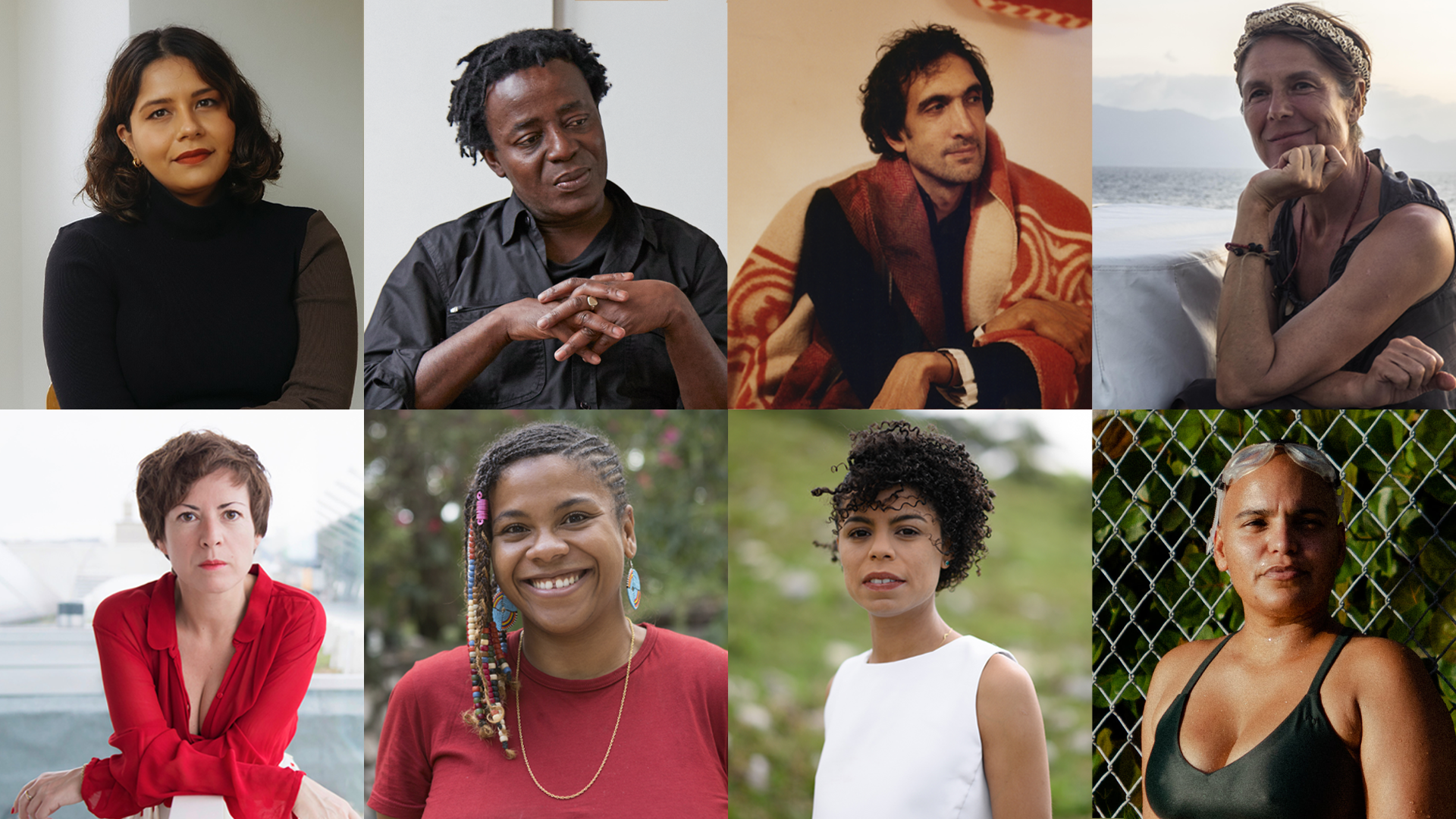
A first look at our 2025 exhibition program
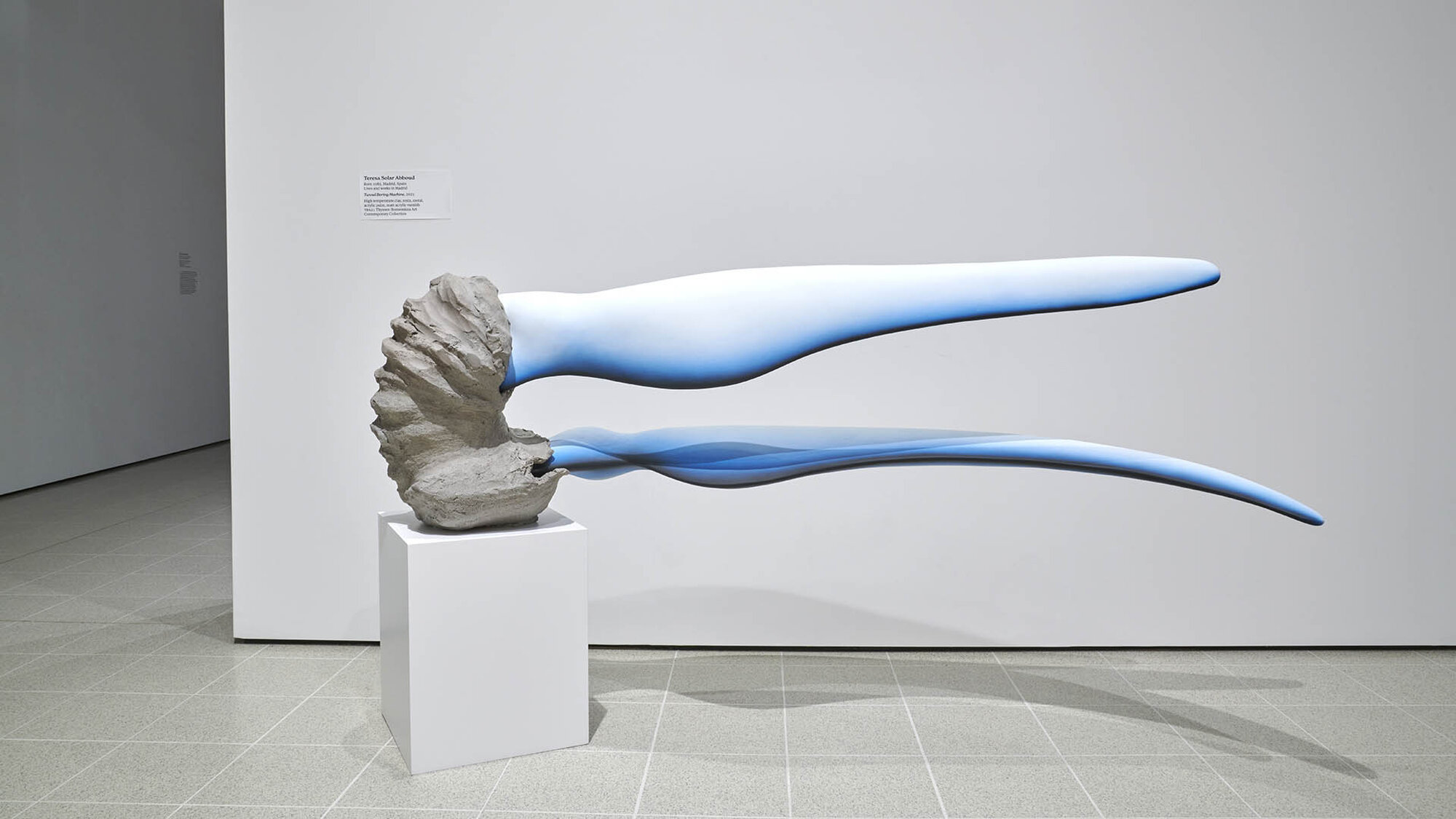
Clear, Lucid, and Awake - Spanish Artists from the TBA21 Collection
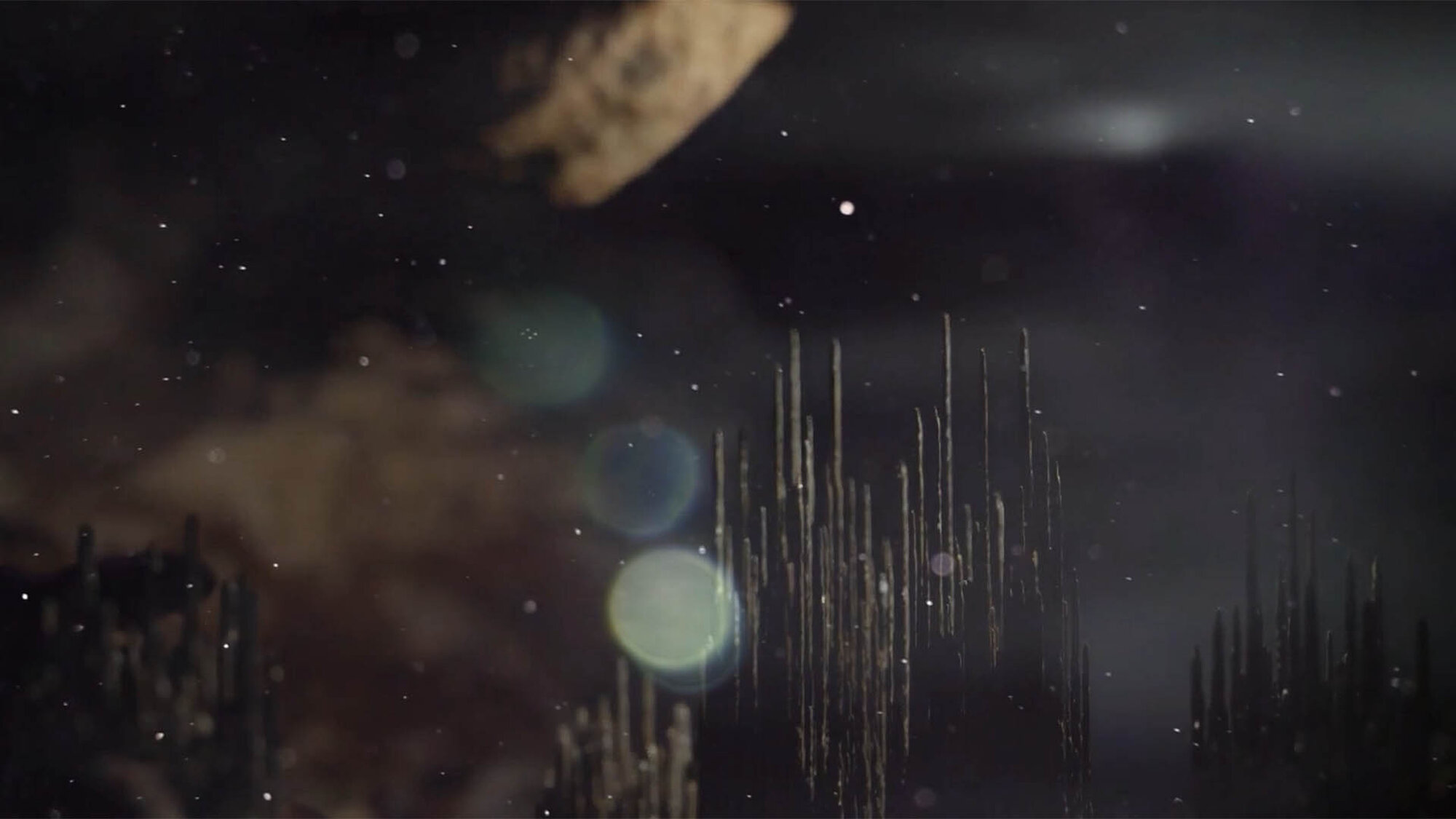
Clear, Lucid, and Awake | Public Program
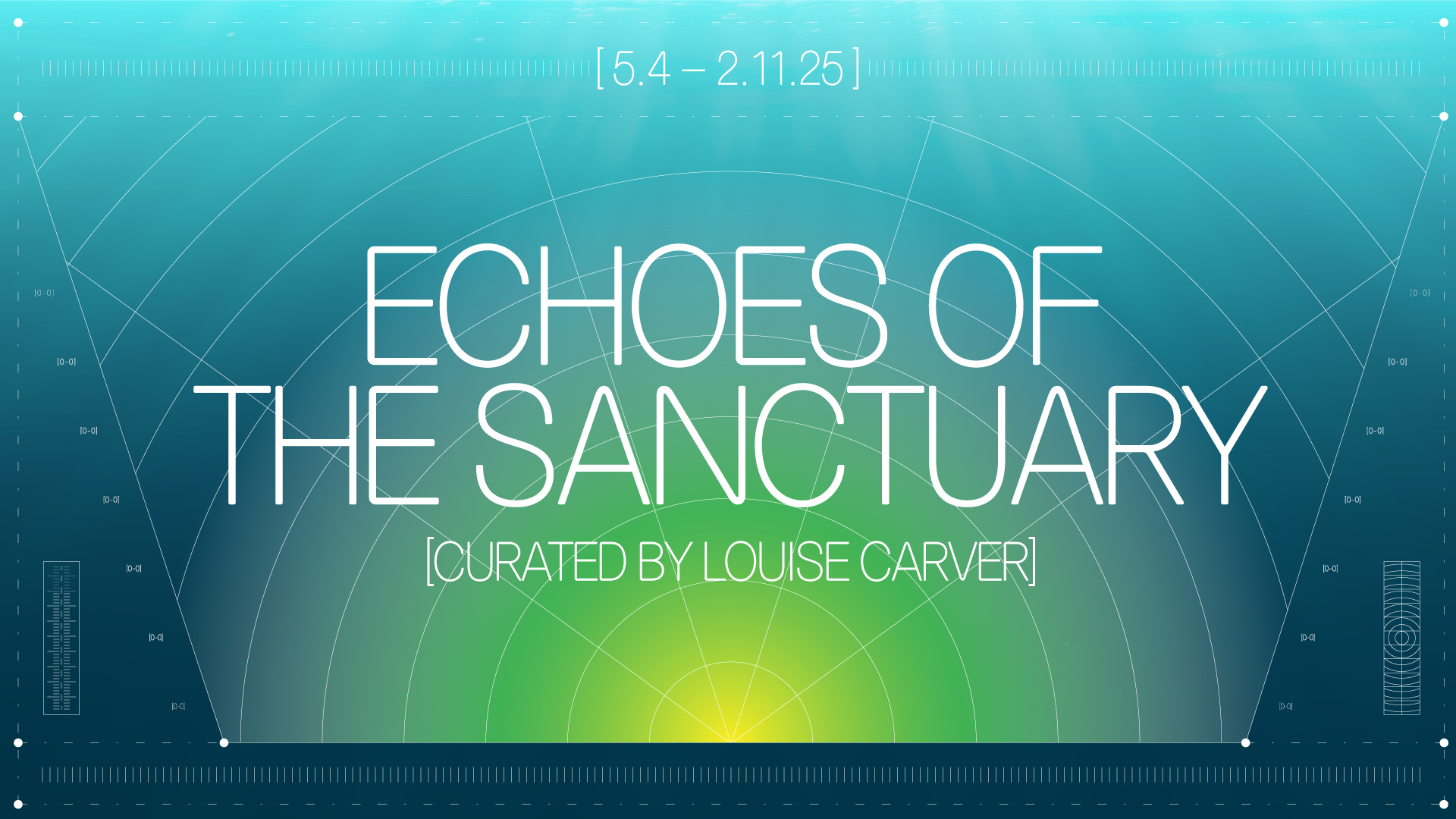
Echoes of the Sanctuary
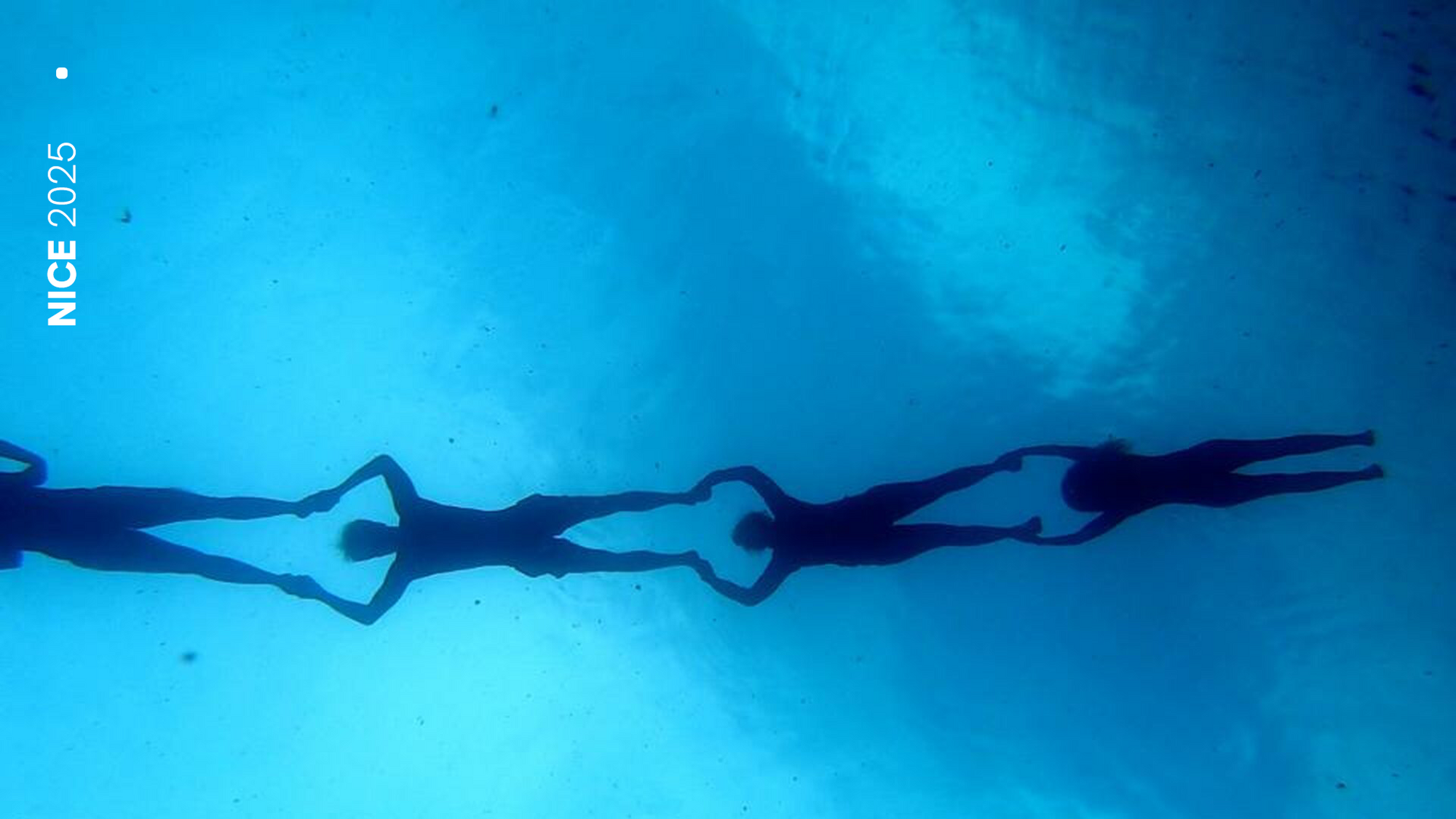
NICE2025: Becoming Ocean: a social conversation about the Ocean
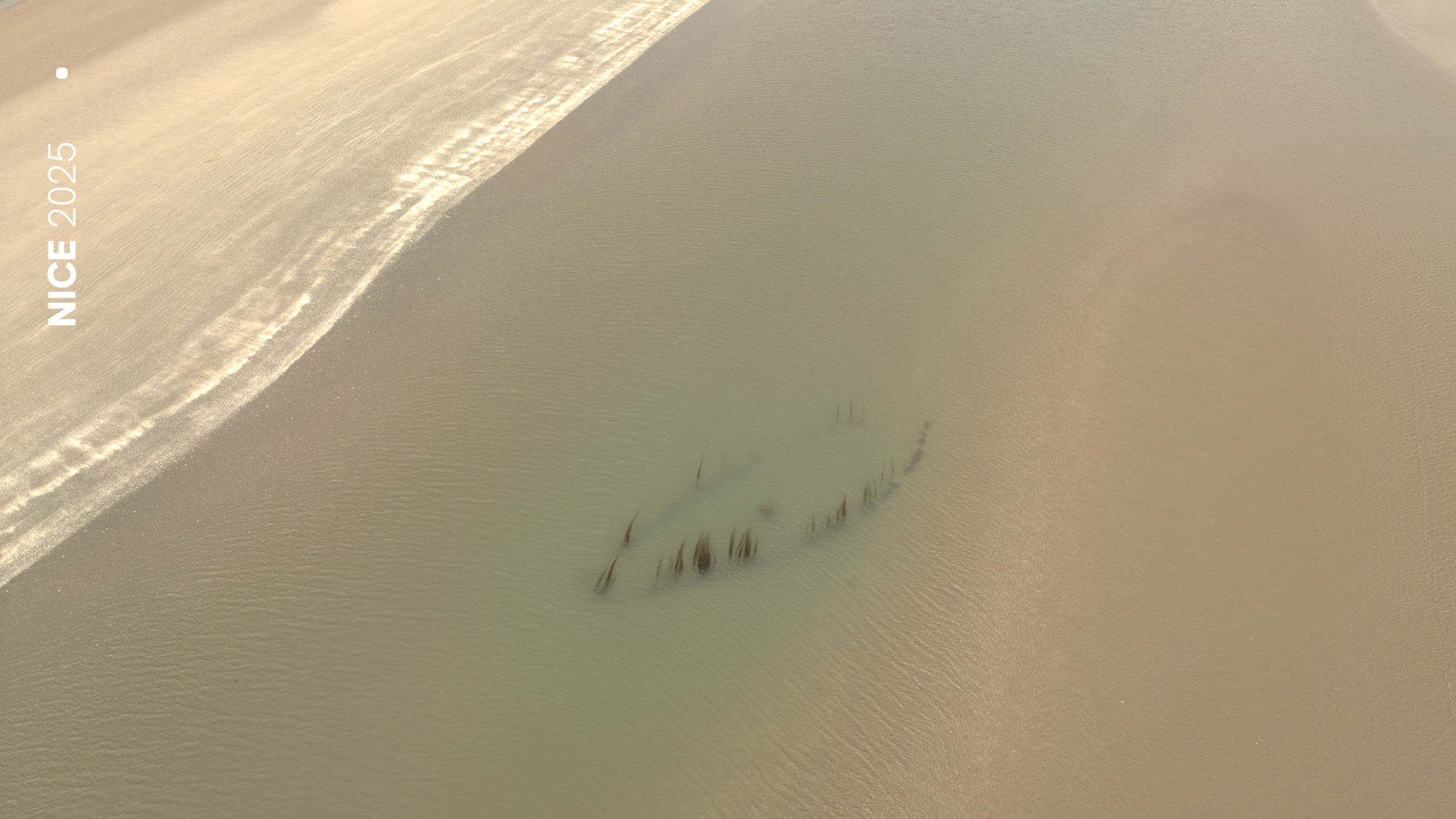
NICE2025: POROUS — Ports as Interspecies Dwelling
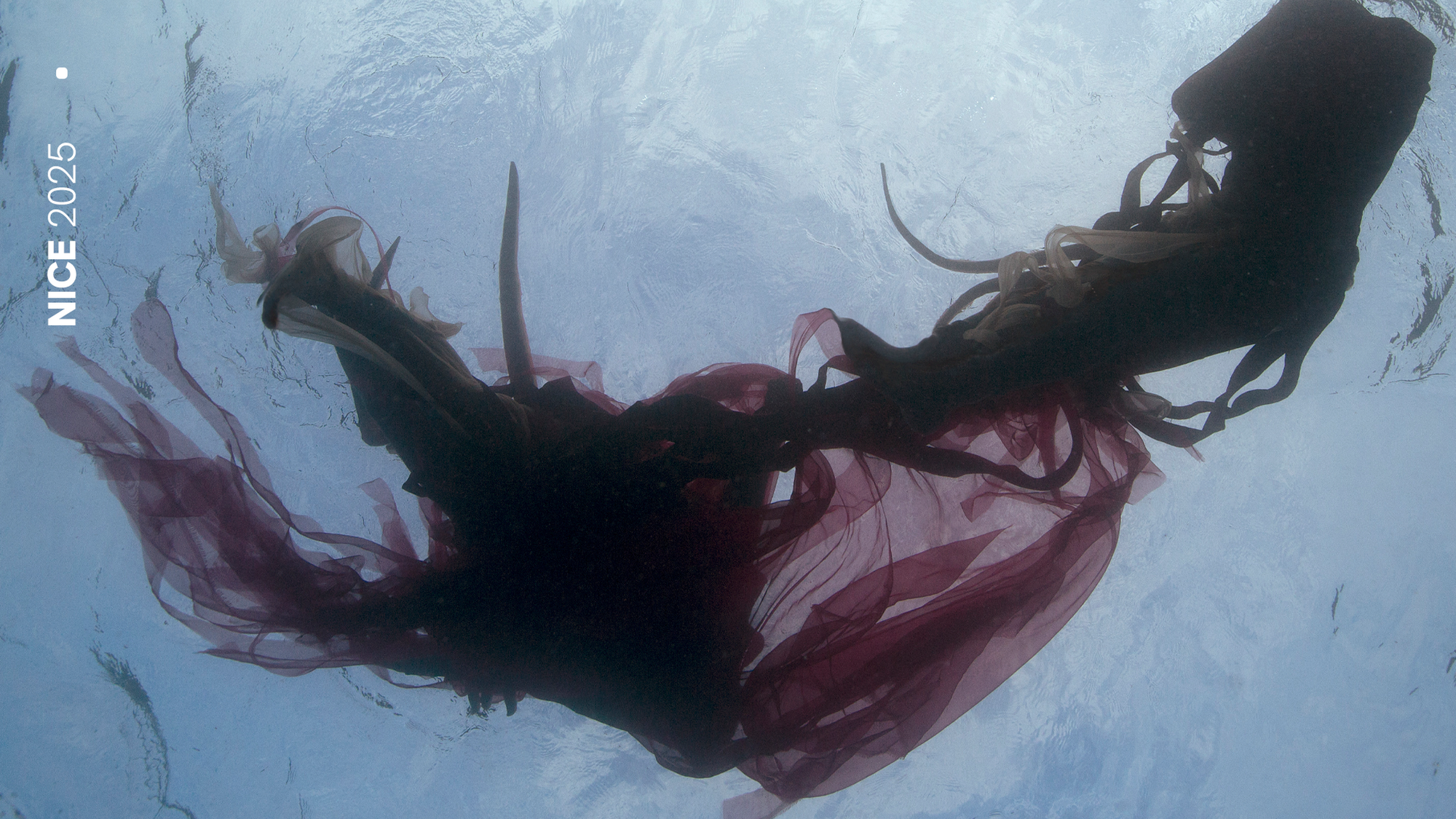
NICE2025: TBA21 at the 3rd United Nations Ocean Conference, Nice
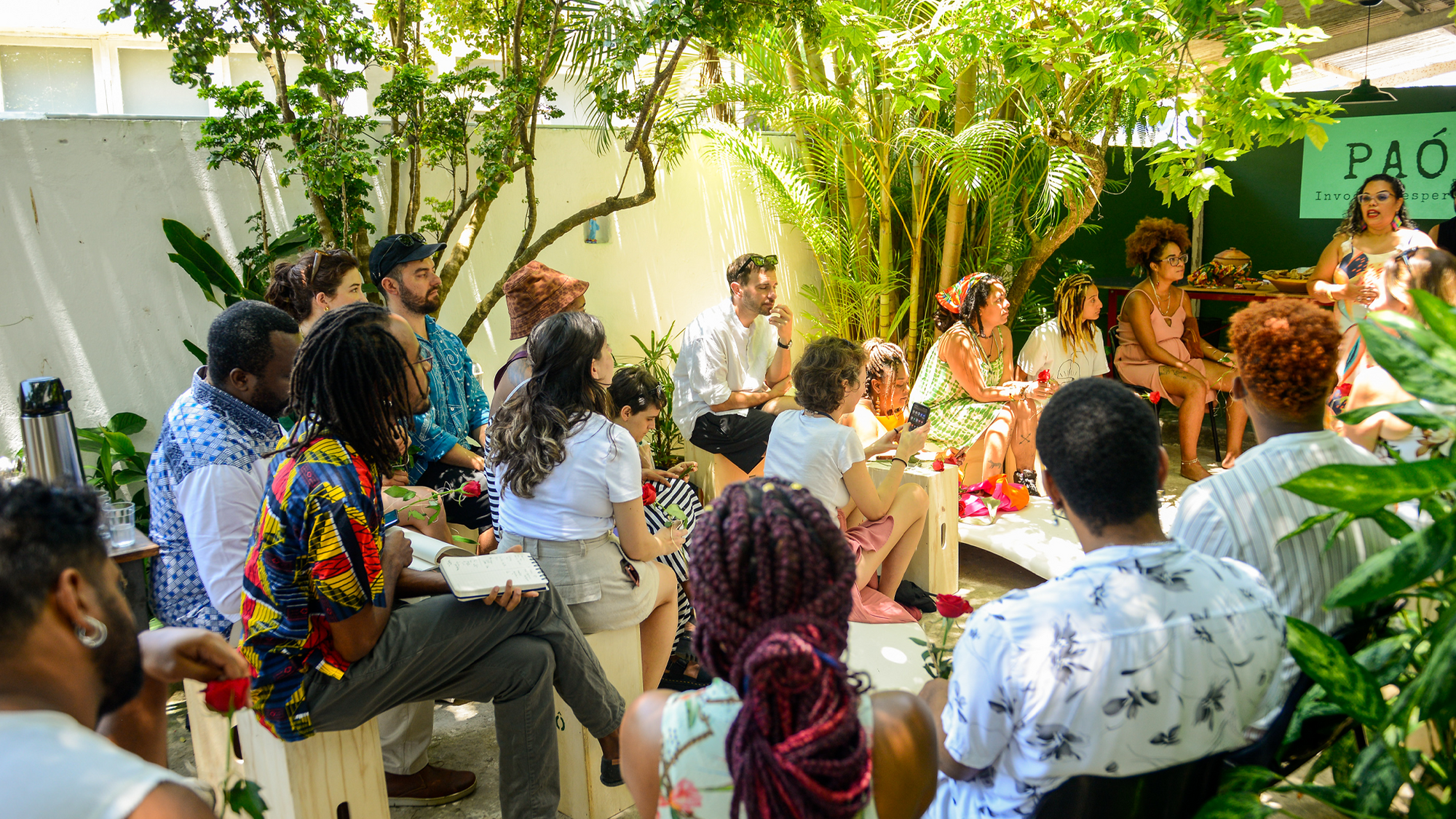
Open call! TBA21–Academy Artistic Residency in South America
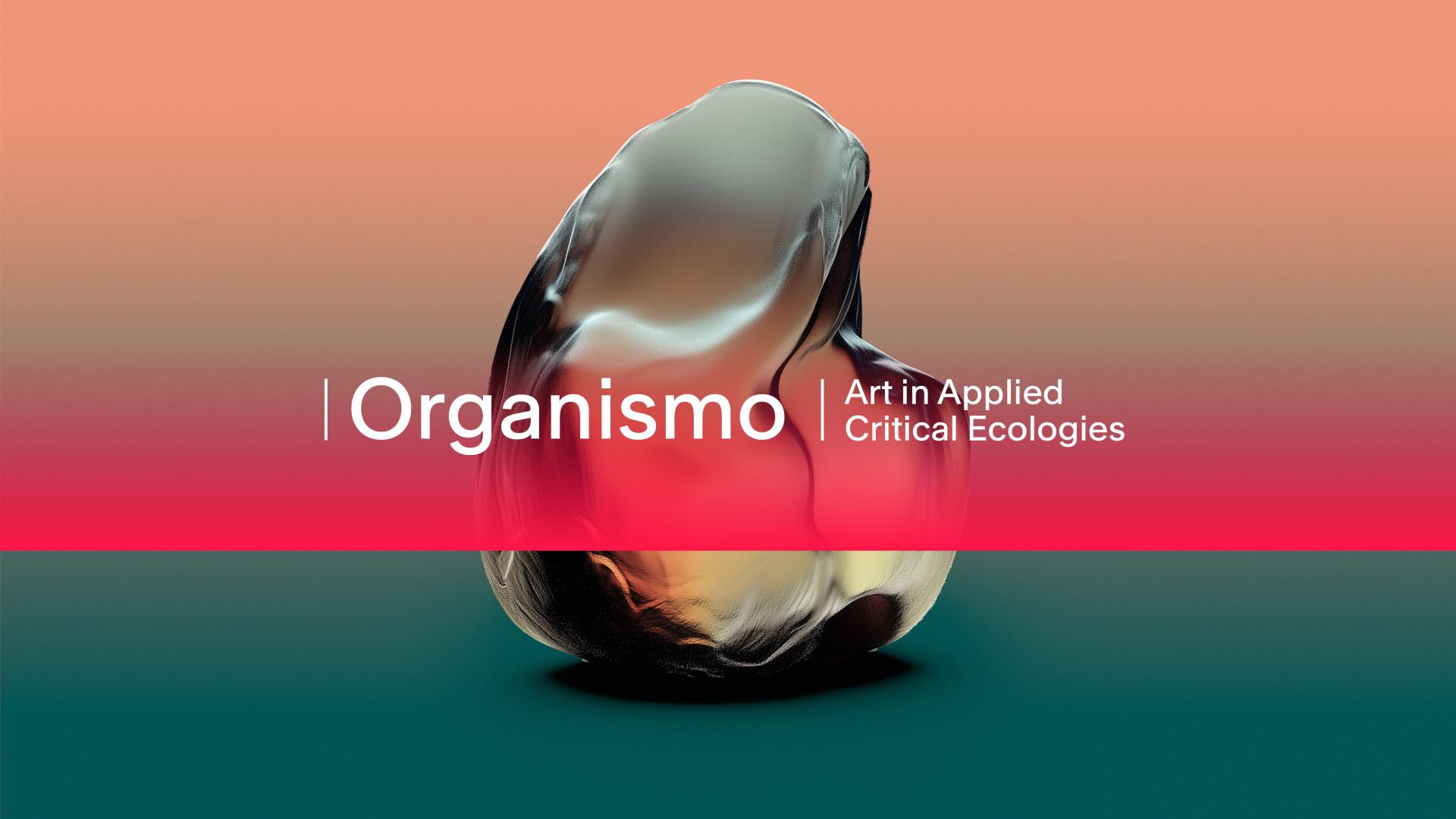
Organismo | Art in Applied Critical Ecologies
Independent study program, Year One
Independent study program, Year One
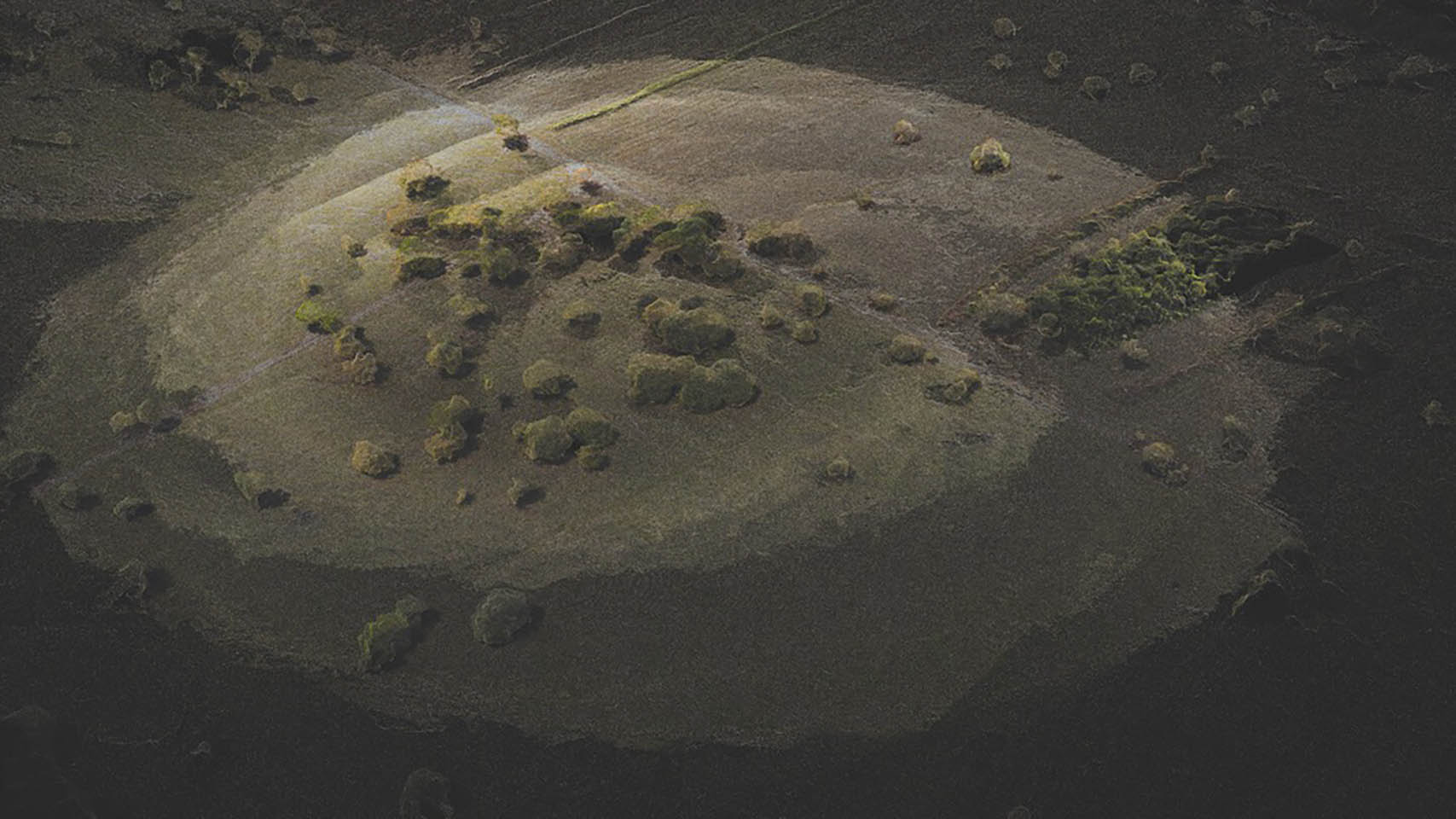
Organismo | Public program
Independent study program, Year One
Independent study program, Year One
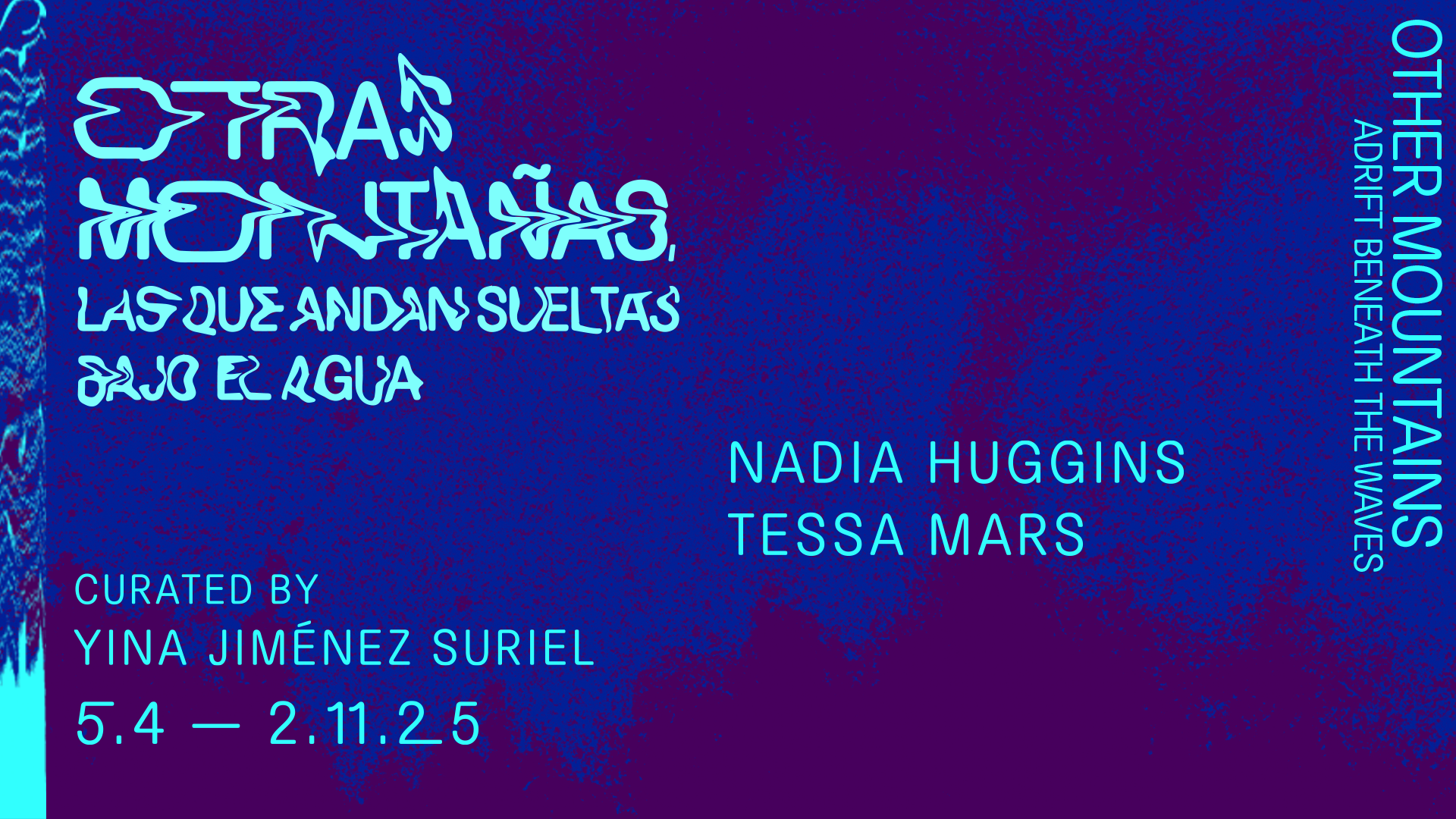
Otras montañas las que andan sueltas bajo el agua
Exhibition at Ocean Space - Venice
Exhibition at Ocean Space - Venice
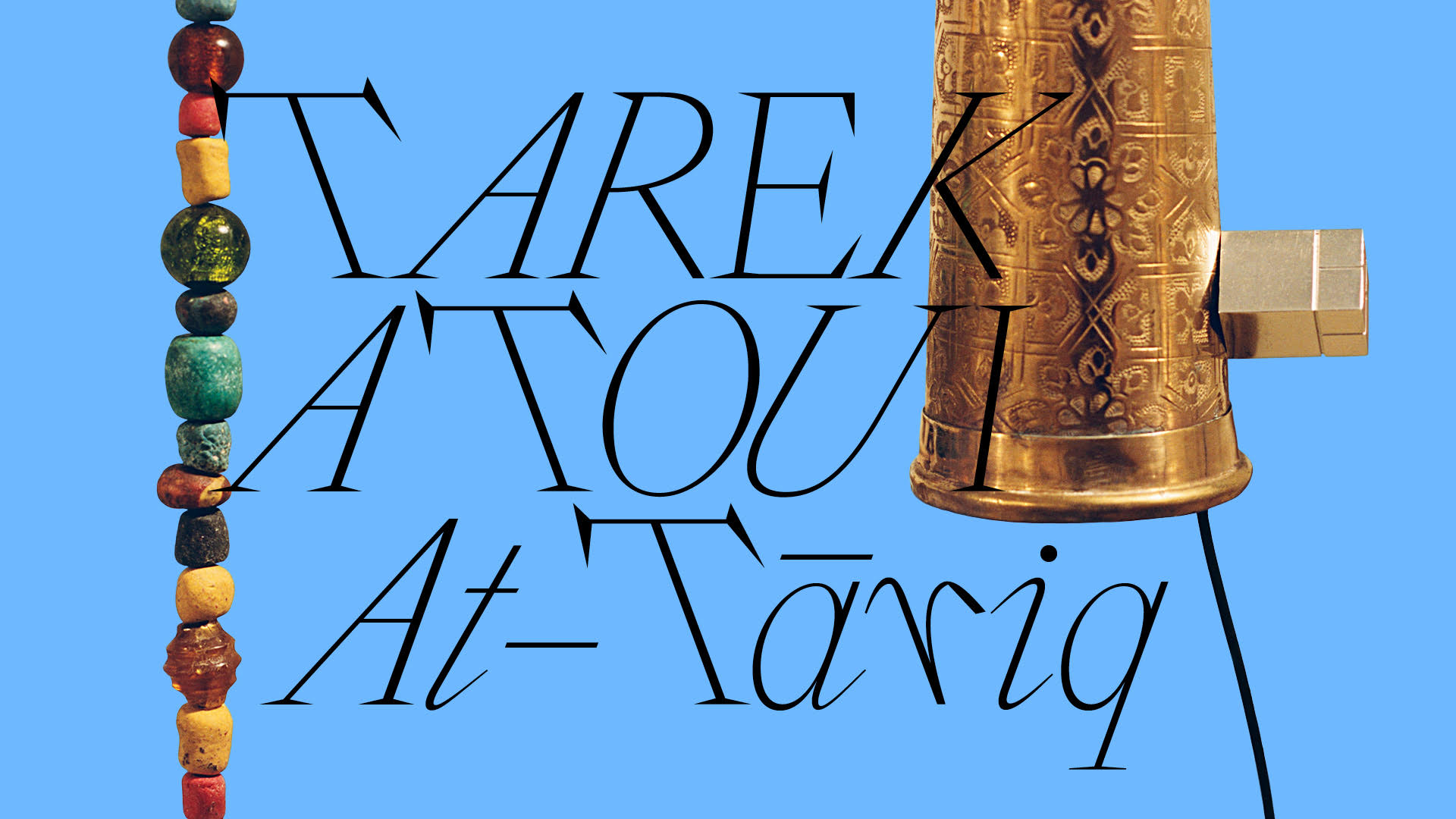
Tarek Atoui. At-Tāriq
A Journey into the Rural Music Traditions of North Africa and the Arab World
A Journey into the Rural Music Traditions of North Africa and the Arab World
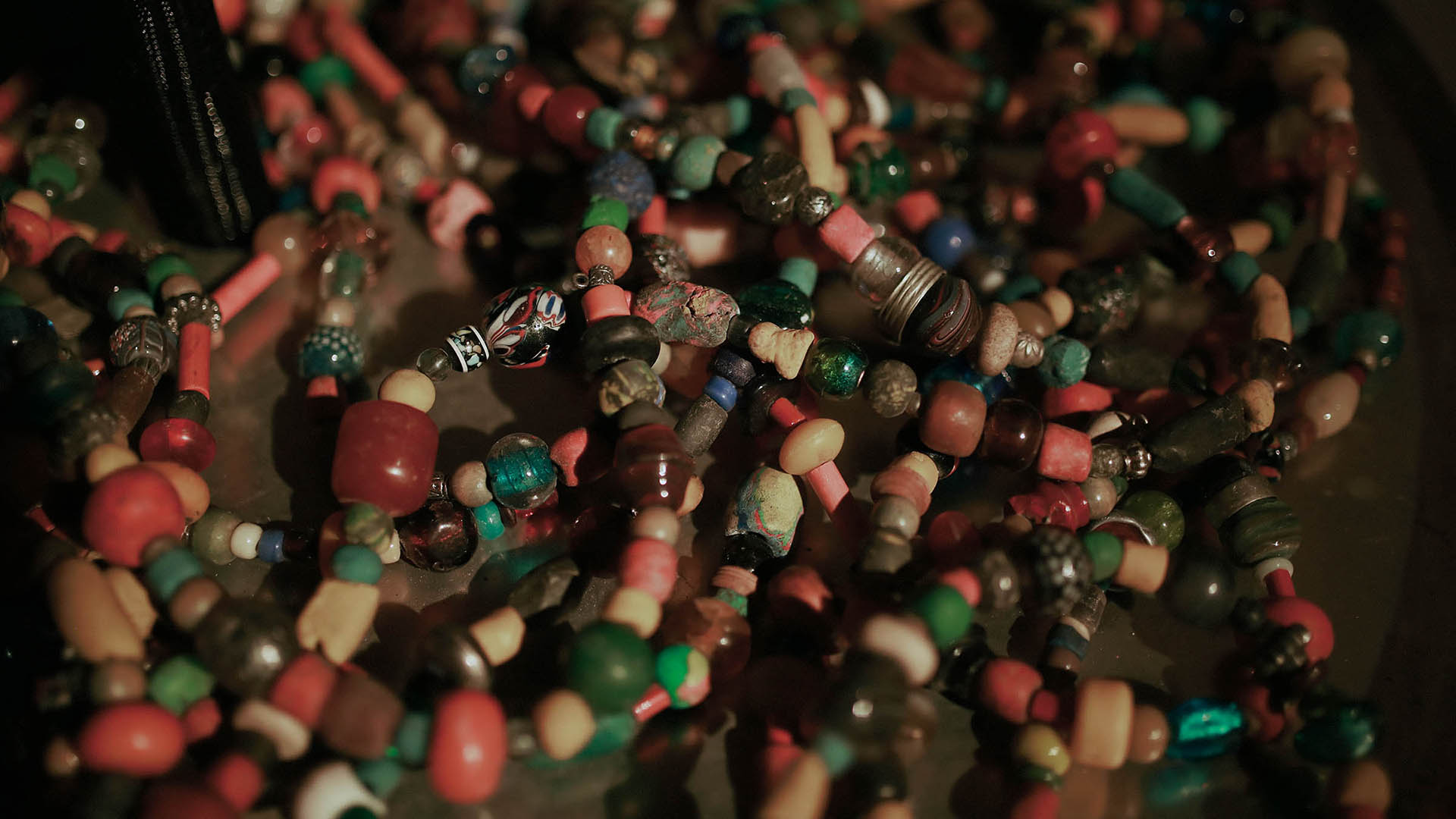
Tarek Atoui. At-Tāriq | Public Program
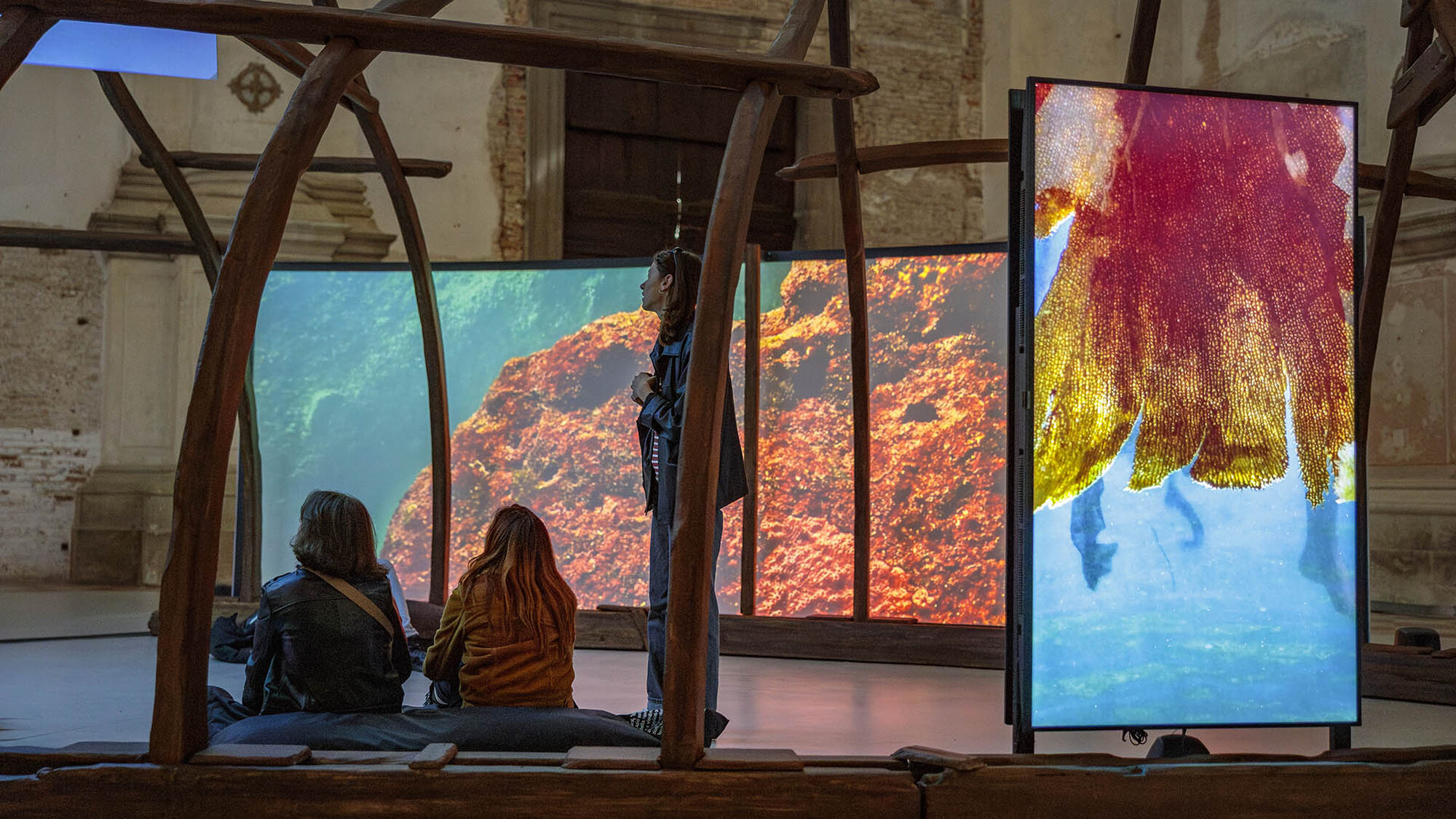
TBA21–Academy’s public program during the Venice Biennale of Architecture vernissage week
